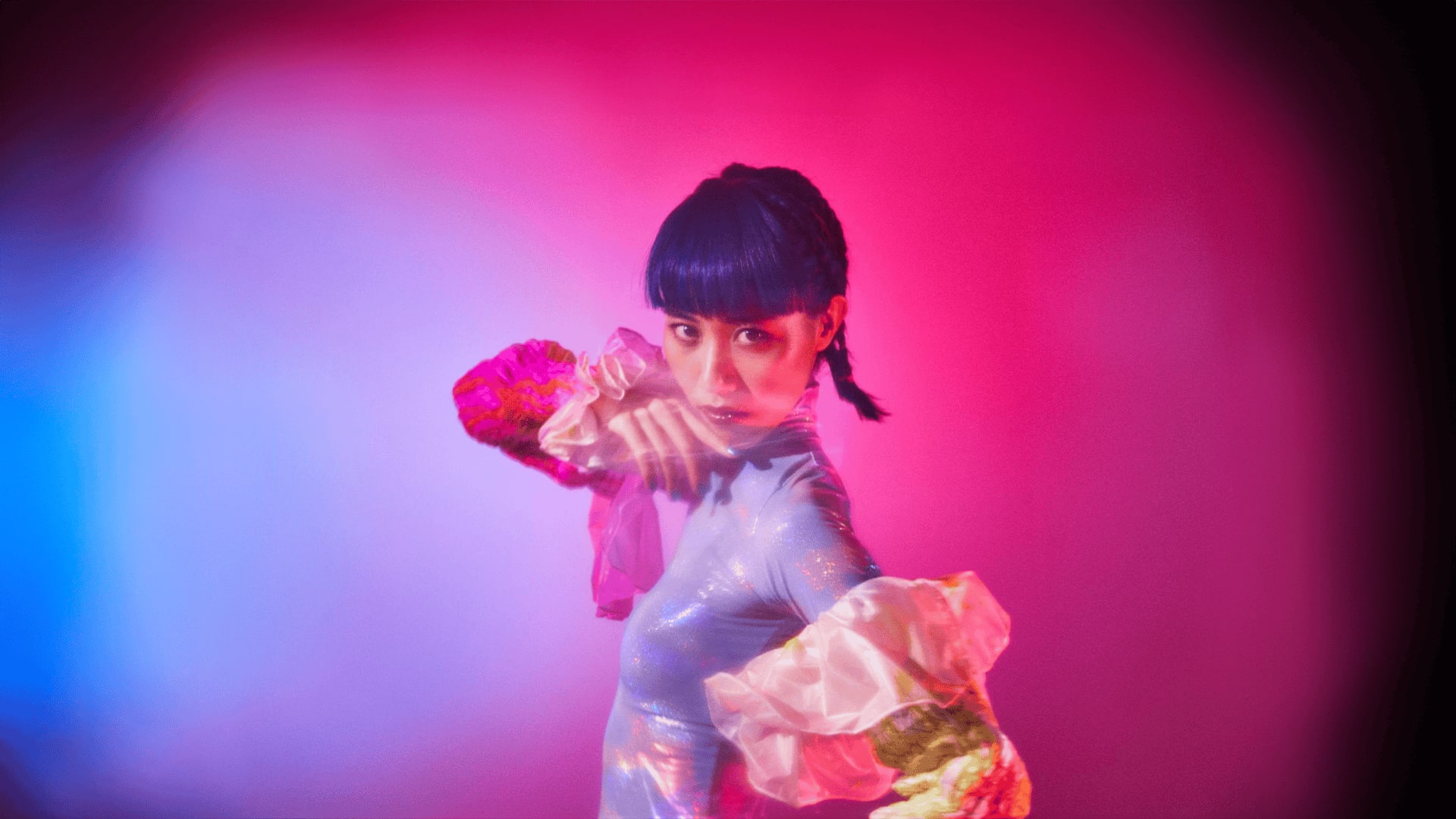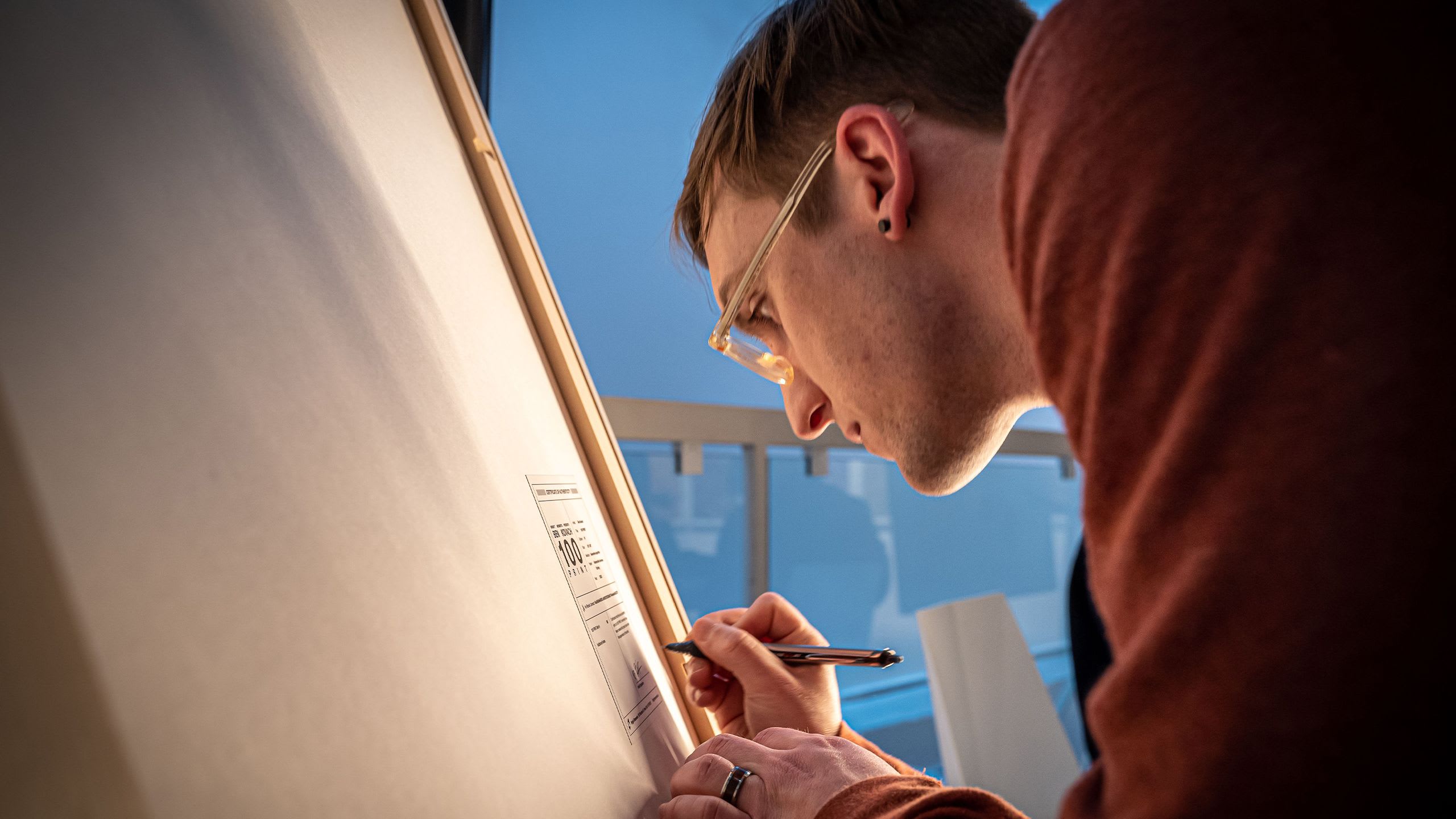INTERVIEW
In Conversation with Michael Connolly
In Conversation with Michael Connolly
by Jeff Davis
•
14 Apr 2021
Michael Connolly is an artist and creative director based in the U.K. He has been making commercial and experimental work for fifteen years. Using code and software, he produces work across a broad range of disciplines, from design and motion, to live visuals and installation. I spoke with Michael about his educational and professional journey through art and upcoming Art Blocks project Elementals.
Jeff Davis: Hi Michael! It’s great to chat with you about your creative practice. How did you first get into making art?
Michael Connolly: I used to play music when I was younger and, through that, I became acutely aware of the huge importance of record sleeve design. Eventually I realized what I was really interested in was visual design and communication in general. I was very lucky to get into art school (I had no portfolio to speak of) to study graphic design and it all went from there.

JD: How did you discover generative art during your studies?
MC: When I was at college (2004–2007) I was becoming increasingly interested in the relationship between sound and vision. I’d seen the video for Gantz Graf by Autechre and it took my head off. Later on, I got interested in using other data types to make images. I remember an early project where I translated the dates of significant events to XYZ coordinates of cubes in 3D space to create an image. I really liked how this method resulted in a hidden layer of meaning. It looked great but also each block was in a certain position for a reason. As part of my degree, I wrote a dissertation about how I thought open source software was going to take over the creative world (this was in 2006/2007). Through my research for this I discovered Processing and found studios and artists that were using a generative approach in their work. It resonated with me in a huge way as I’d been pursuing these methods manually, but I just didn’t know what they were called. So, I obviously downloaded Processing and have been trying to remember how to write a for loop ever since. Then for my final degree project I ended up using Processing to make an audio responsive installation and a series of prints based on recordings of the gallery space.
JD: And how do you think your creative practice changed after school?
MC: Initially I was a graphic designer for print, but that quickly morphed into something less rigid—web, motion, interaction. I worked at a great place called Studio Tonne where I could experiment and learn. Later on, I ended up owning and operating my own motion design studio with a couple of other guys. Working in 3D, moving image, etc., I worked commercially with ad agencies and production companies for a long time. If I’m honest, a lot of that really burnt me out and took the joy out of creation. After closing up shop a few years ago, my practice has definitely come back to generative strategies because I can get my ideas out quickly and then iterate. Recently I have become keener on sharing my work in progress online. I used to want to make everything perfect before I released it. But as I’ve gotten older, I don’t care so much. I’d rather just get my imperfect ideas out there and then move onto the next thing. I love seeing other artists’ thought processes and I hope some people get something from the bits and pieces I share too.

JD: And then how did all of this lead you to exploring NFTs as a production medium?
MC: I’ve been aware of cryptocurrency for quite a few years and have watched the drama of the Bitcoin bull and bear markets during that time. I was always interested in the ethos of decentralization. In the summer of 2020, I saw a few artists whose work I respect releasing work as NFTs, and it really piqued my interest. When I read more about NFTs it seemed to have huge potential for digital artists. I’ve created side projects/experiments throughout my career so I thought maybe this could be an additional revenue stream next to my day job of freelancing as a motion designer? As I went deeper down the rabbit hole, I stumbled across Art Blocks and realized that this was the perfect vehicle to deliver generative projects. I watched the Archetypes drop with my wife and thought - this is the place I need to be! I was accepted onto the KnownOrigin platform, but I also had some code ideas I wanted to try out that worked better as sets—so I set up on OpenSea which let me release larger curated collections of generative work.

JD: Well, that’s a great segue to discuss Elementals. What was the inspiration for your Art Blocks project?
MC: Elementals is inspired by physical printmaking techniques and early Bauhaus principles. The Bauhaus design movement has left a huge impression on me throughout my career. Wassily Kandinsky taught a class there dealing with the relationship between form and color and I see Elementals almost as a direct response to that. Kind of like my homework for one of his classes but using modern techniques.
JD: What should collectors look for as the project is minted?
MC: Hopefully as things move along, we’ll see a cohesive set of pieces with a nice amount of variation. Something for everyone—as long as you’re into shapes and colors. Some very quiet, minimal pieces; some overflowing with color interactions and intersections. I really value the curation process when I release a set of generative works, so not having that control here is a little scary. I hope as the pieces come out people will enjoy curating and finding relationships between the ones that they like.

JD: Any other recent accomplishments you’d like to share?
MC: I was recently commissioned to create a piece of work that utilized a live data set from Gatwick Airport in the U.K. I created a project called What’s Your Vector?, which created an abstract artwork every six hours based on the daily activity at the airport and posted it online. It was fairly complex as it involved a few different softwares interacting with each other. It was also a real landmark project for me as it was around this time that my art practice overtook my freelance commercial work.
JD: Great stuff Michael! What’s the best way for people to follow your work?
MC: I’m in the usual places. I use Twitter to share work in progress and to a lesser extent Instagram. I've recently overhauled my portfolio site to include a lot of old blog posts going back about ten years—so if you wanted to do a deep dive that’d be the place to start.
First published 14th April 2021: https://beta.cent.co/artblocks/+8vmzoq.



